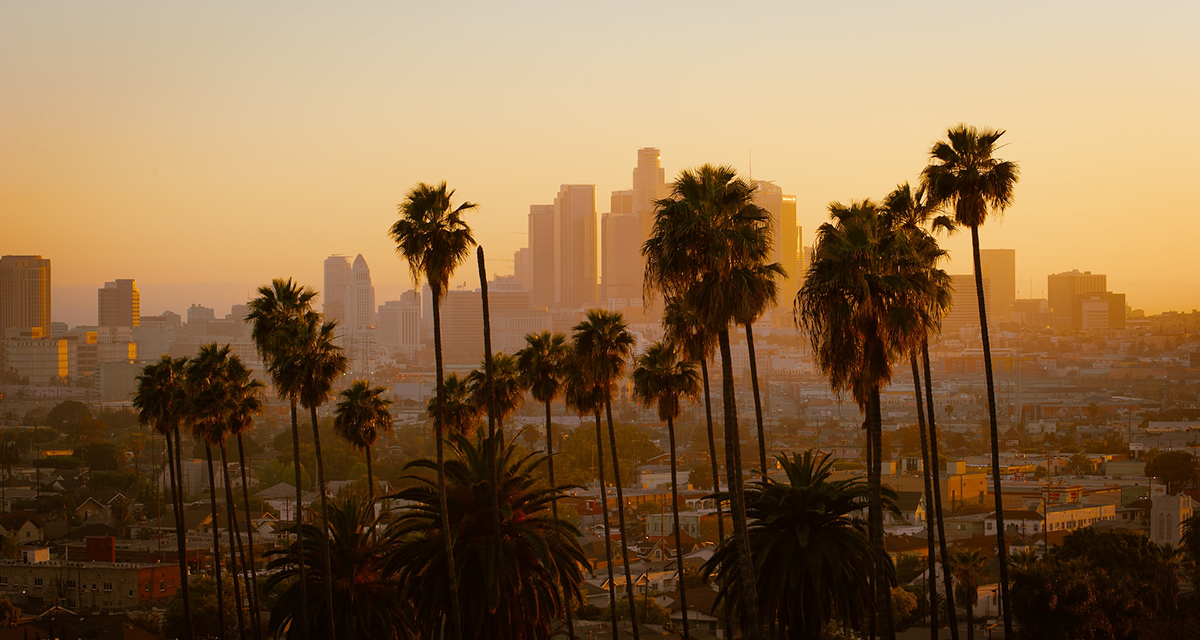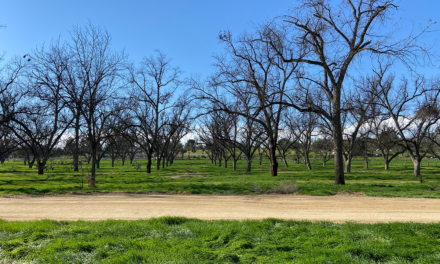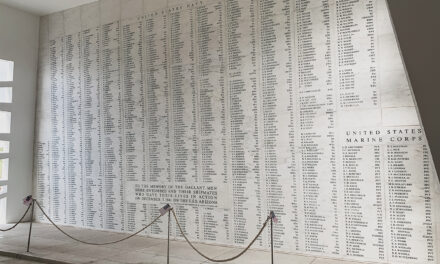Los Angeles, a city synonymous with glitz and glamour, became a pivotal part of my life in the early 2010s while launching a singing career.
Beyond the Hollywood sign and the Walk of Fame lies a vast metropolis, a sprawling valley of dreams, cultures, and complex history. From the vocal studios in Glendora to the vibrant streets of Long Beach, my experiences in the City of Angels have been as diverse as the city itself.
Let’s pull back the curtain on the history of Los Angeles and the tapestry of stories that define it.
The Foundations: From Indigenous Lands to Spanish Mission
Long before it was a metropolis, the Los Angeles area was home to the Tongva people.
In 1781, Spanish settlers established the city as El Pueblo de Nuestra Señora la Reina de los Ángeles. The mission system that followed drastically altered the indigenous way of life, setting the stage for the city’s evolution.
The Mexican Era and American Acquisition
After Mexico gained independence from Spain, Los Angeles became a part of Mexican territory.
However, the conclusion of the Mexican-American War in 1848 saw California—and Los Angeles—annexed to the United States.
Boomtown: The Rise of Modern Los Angeles
The discovery of oil and the completion of the transcontinental railroad ignited rapid growth in the early 20th century.
Los Angeles transformed from a sleepy pueblo into a booming urban center, attracting entrepreneurs and those seeking a new start.
Hollywood: The Birth of the Silver Screen
The birth of Hollywood as the heart of the film industry was more than a turning point—it was a cultural revolution that redefined Los Angeles.
At the turn of the 20th century, the city beckoned filmmakers with its near-perfect weather, varied landscapes, and the promise of a fresh start away from the established norms of the East Coast.
In the 1910s, Hollywood saw its first movie studios emerge, and by the 1920s, it was the epicenter of American cinema. The era of silent films gave way to the Golden Age of indelible Hollywood in the 1930s and 1940s, a time when the narratives on screen became intertwined with the lives of millions worldwide. Iconic studios like Paramount Pictures, Warner Bros., and MGM set up shop, creating what would become the most recognizable and influential film hub on the planet.
Los Angeles became a magnet for talent.
Aspiring actors, directors, writers, and a plethora of craftsmen flocked to the city, each playing a role in the burgeoning industry. The Hollywood sign, originally erected as an advertisement for a local real estate development, became a symbol of the city’s new identity.
It wasn’t just the films that captivated audiences but the mystique of the movie stars themselves. The glamor of Hollywood’s elite was carefully curated and sold to the public, creating a fascination with celebrity culture that persists today. Hollywood’s nightlife, premieres, and award shows like the Oscars became fixtures in the social calendar, further cementing the city’s status as an entertainment powerhouse.
However, the industry was not without its darker sides.
The studio system wielded enormous control over the lives of actors, and scandals were as much a part of Hollywood’s legacy as its films. Moreover, the McCarthy era brought fear and censorship to the forefront, challenging the freedom of expression that the industry was built upon.
Despite these challenges, Hollywood’s influence only grew.
The introduction of television in the mid-20th century expanded LA’s entertainment industry, and the city adapted to accommodate this new medium. Today, Hollywood continues to evolve with the digital age, embracing new technologies and storytelling methods.
Los Angeles and Hollywood have become synonymous, a combined force that has shaped not only the film industry but also global popular culture. The city’s rise as the movie capital of the world is a story of vision, creativity, and the unrelenting pursuit of dreams.
Golden Age to Turbulence: Mid-Century Los Angeles
The mid-20th century marked a period of significant transformation for Los Angeles.
It was a time when the city reached new cultural and economic peaks, as industries flourished and the population boomed. The post-war era saw a burgeoning middle class fueled by the defense and aerospace industries, making the California dream accessible to more people than ever before.
But this Golden Age also had its shadows. The city became a focal point for the civil rights movement, with racial tensions coming to a head during the Watts Riots of 1965. These six days of unrest were a stark reminder of the deep-seated social and economic disparities that existed beneath the surface of the city’s prosperity.
Moreover, the rapid urban expansion led to environmental challenges.
Smog became a notorious problem, with Los Angeles experiencing some of the worst air pollution in the nation. This prompted the city and state to lead the way with groundbreaking environmental regulations, setting a precedent for the rest of the country.
The expansion also brought about a complex web of freeways, forever changing the city’s landscape and cementing the automobile’s role in Angelenos’ daily lives. This infrastructure supported the sprawling growth but also contributed to the loss of historical neighborhoods and an increase in traffic congestion.
These challenges did not stunt the city’s growth; instead, they highlighted the resilience and adaptability of Los Angeles. The latter half of the 20th century saw the city taking proactive steps to address these issues, from investing in public transportation to implementing policies aimed at social reform and environmental protection.
As Los Angeles navigated through these times of prosperity and strife, it forged an identity that was multifaceted and dynamic. The city became a microcosm of America’s broader societal shifts, reflecting both the promise of progress and the need for continued vigilance against the inequalities and environmental concerns of a modern metropolis.
Diversity in the Valley: The Fabric of Communities
Los Angeles is more than just its city center.
The San Fernando Valley and areas around like Burbank, Glendora, and Long Beach are microcosms of the city’s diversity. Each community contributes its unique flavor to the rich stew that is Los Angeles.
Modern Times: Reinvention and Resilience
Today, Los Angeles is a worldwide center for entertainment, technology, and business.
Despite facing issues like homelessness and traffic, the city continually reinvents itself, striving towards a brighter future.
Q&A: Behind the Scenes of Los Angeles’ Past
Q: What has shaped Los Angeles’ identity over the years?
A: Los Angeles’ identity has been shaped by its indigenous roots, its period under Spanish and then Mexican rule, the rise of the entertainment industry, and its status as a melting pot of cultures.
Q: How did the entertainment industry impact the growth of Los Angeles?
A: The entertainment industry turned Los Angeles into a global cultural icon, fueling its economy, shaping its landscape with studios and theaters, and drawing people from all over the world.
Q: In what ways have the diverse communities of Los Angeles Valley contributed to the city’s culture?
A: The communities of the Los Angeles Valley, with their distinct cultural heritages, have contributed to the city’s music, food, art, and lifestyle, making it a rich mosaic of global cultures.
Q: How does Los Angeles reconcile its glamorous image with the challenges it faces?
A: Los Angeles acknowledges its challenges, including socioeconomic disparities and urban issues, by investing in community programs, fostering innovation, and promoting inclusivity alongside its glamorous image.
The Continuing Saga of Los Angeles
As I reflect on my days and nights spent across Los Angeles, it’s clear the city is a place of contrasts and complexities.
It’s a landscape where dreams are made and sometimes lost, but always against a backdrop of relentless hope and reinvention.
What does the history of Los Angeles tell us about the American Dream, and how does it continue to shape the aspirations of those who call it home?
Los Angeles invites us to explore its storied boulevards and hidden alleys, to uncover the narratives woven into its very core.





